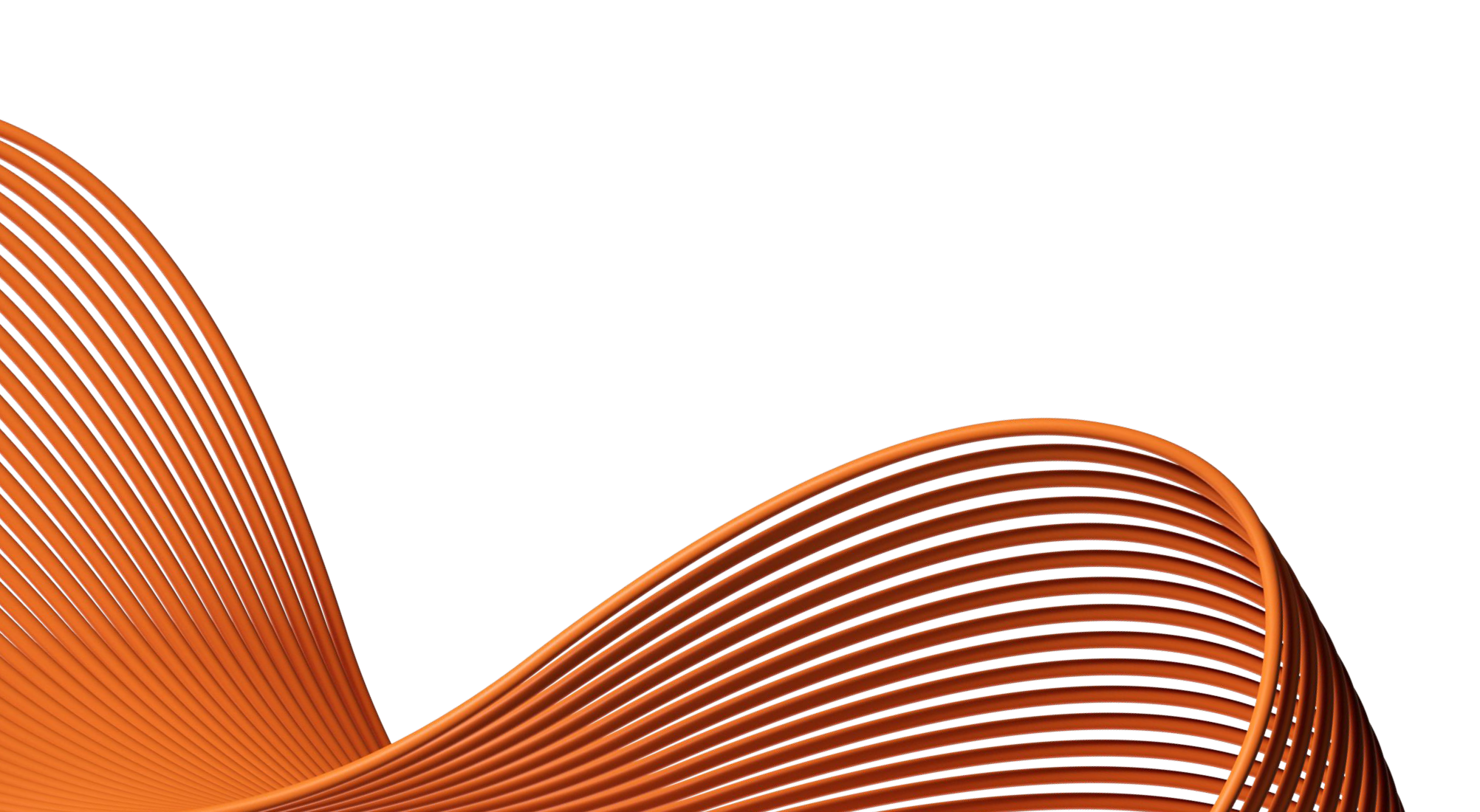- Our Products
- Upper Extremity
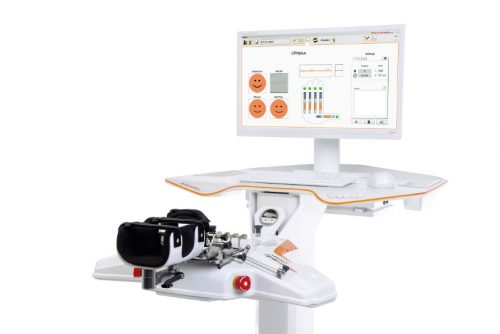 Amadeo Finger-Hand-Rehabilitation
Amadeo Finger-Hand-Rehabilitation
Amadeo is giving hands back their grip and fingers their finesse. Patients who are barely able or unable to grasp can perform hundreds of robot-assisted grasping movements. It won’t train a new Mozart. But it will help patients return to the piano, handwriting Christmas cards, and grabbing life firmly by the horns.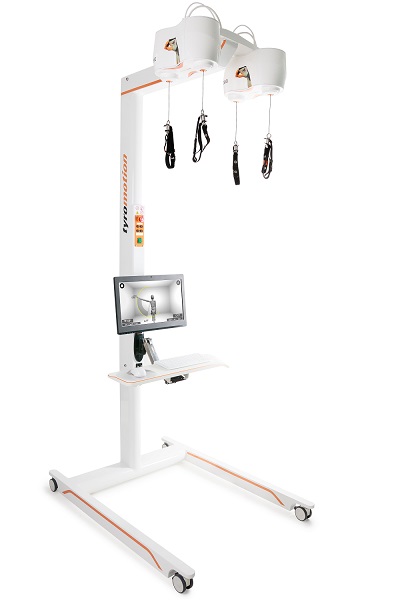 DiegoShoulder-Arm-Rehabiliation
DiegoShoulder-Arm-Rehabiliation
Diego is designed to strengthen what’s important. Whether proximal or distal training, Diego purposefully supports the rehabilitation of natural motion, allows the handling of everyday objects to be relearned, and is usable by adults and children alike.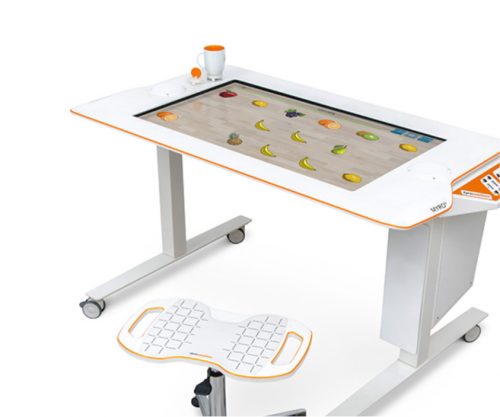 Myro Interactive and task-specific therapy
Myro Interactive and task-specific therapy
Myro is made for making humans get better! The sensor-based surface enables task-oriented rehabilitation with real objects, trains the patient’s cognitive abilities, and improves motor abilities of the upper extremity.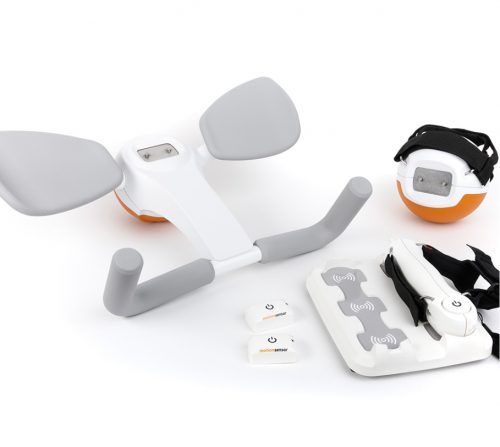 Pablo Upper Extremity Rehabilitation
Pablo Upper Extremity Rehabilitation
As a multifunctional rehabilitation device with comprehensive accessories, Pablo enhances classical therapy exercises with biofeedback, objective assessments, and gamification. It won´t train the next Picasso. But it will help patients to take back control of their lives.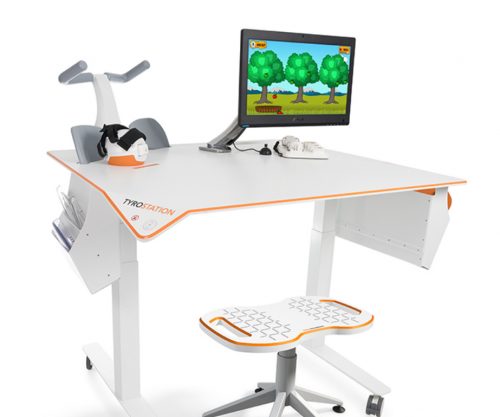 Tyrostation The perfect therapy setting
Tyrostation The perfect therapy setting
The Tyrostation is home to all components of Pablo and Tymo and provides ergonomic adaptability for patients. Sometimes, it´s about the little things in life – or therapy.
- Lower Extremity
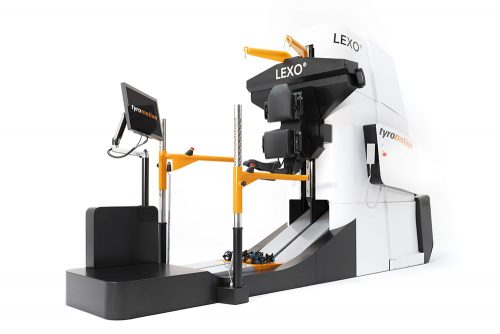 LexoGait and Locomotion
LexoGait and Locomotion
Lexo is a revolutionary gait trainer and impresses with fast setup, high patient activity and optimal trunk support. It encourages active participation and enables therapists to focus fully on their patients.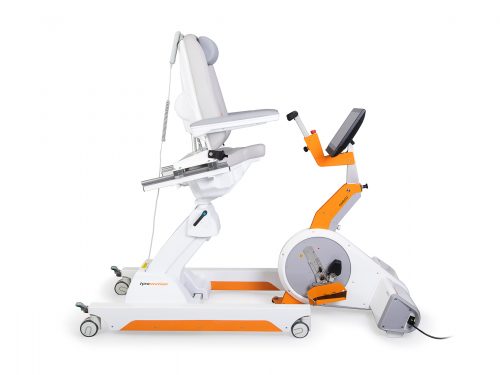 Omego Plus Gait training for the goals across all phases
Omego Plus Gait training for the goals across all phases
More than just a therapy bike! Omego Plus combines uni- and bilateral leg training, leg press, stepper, cycling & foot lift training in one device. Stride stronger with Omego Plus!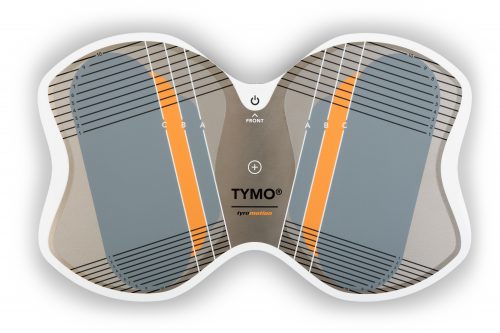 Tymo Balance training and postural control
Tymo Balance training and postural control
Small but powerful! Tymo is a versatile measurement and therapy system for the whole body. In addition to the standing position, Tymo offers a wide range of options for maximum variety during therapy.
- MTT-Line
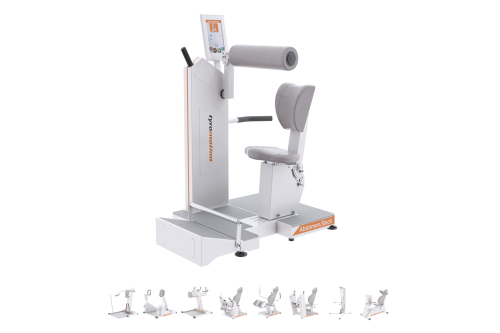 MTT-LineMedical training therapy
MTT-LineMedical training therapy
Get back in the game with the MTT-Line! The Medical Training Therapy devices are specifically designed to strengthen the six major muscle groups of the human body. Barrier free and maximum adjustability make the devices accessible for all types of patients.
- Software
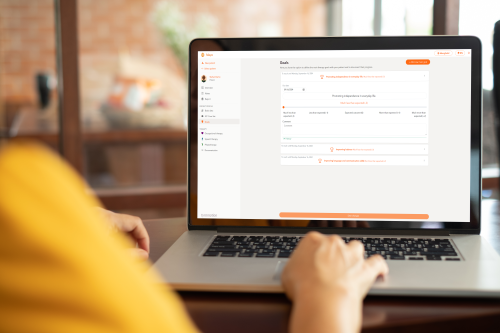 Maya Therapy Platform
Maya Therapy Platform
Maya reduces paperwork, standardizes documentation, and automates reporting, making administration effortless and efficient. Designed for therapists to work wonders!
- Upper Extremity
Rehabilitation
Robot-assisted gait training improves stroke rehabilitation
21. February 2023 ● 4 min. Reading time
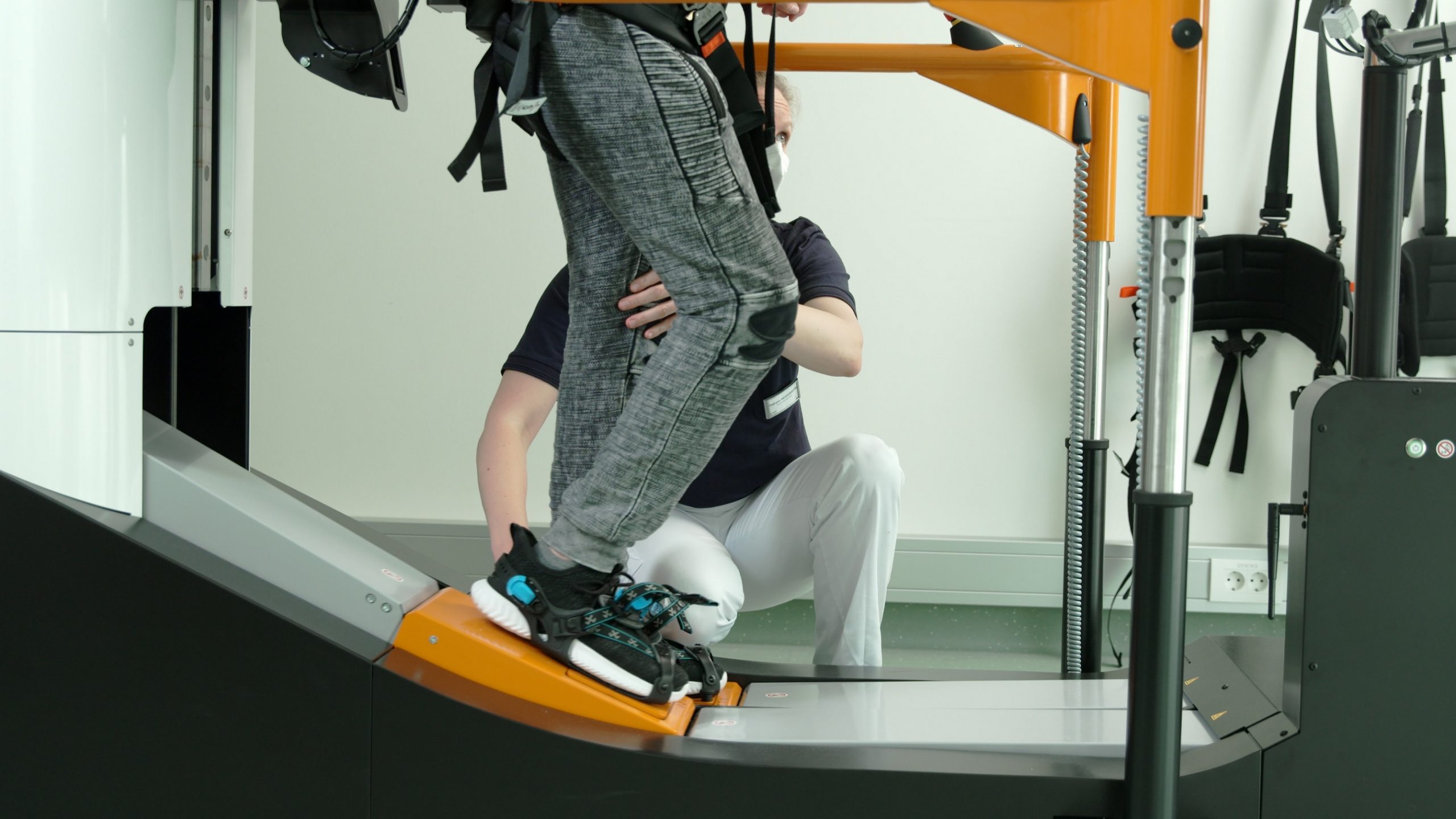
Regaining their ability to walk is one of the most common goals for stroke survivors. Improved walking can impact their long-term survival after a stroke as well as improve many other areas of a patient’s health, including:
- Functional movement
- Independence
- Overall health and well-being
What is gait training?
A person’s gait is the way they walk. While walking may seem simple, many different functions contribute to the ability to walk, including being upright, balance, posture, shifting weight from one foot to the other, strength and endurance. The brain coordinates these functions, so they may be compromised after a stroke.
Gait training refers to rehabilitation therapy that helps people regain their walking ability, walking velocity, and walking distance. Or in other words, regain how good, how fast and how far one can walk.
Robotic assisted gait training is used in the rehabilitation of neurological injuries and conditions like stroke, spinal cord injury (SCI), traumatic brain injury (TBI), multiple sclerosis (MS), Parkinson’s disease (PD), or cerebral palsy (CP).
Advantages of robot-assisted gait training
When choosing a stroke rehabilitation program with gait training, it’s important to understand which approach leads to the best outcomes. Combining robot-assisted therapy with conventional therapy has been clinically shown to be more effective than conventional physical therapy alone. In addition, Patients who are non-ambulatory in early rehabilitation benefit most from robot-assisted gait training.
During robot-assisted gait training, a patient uses a therapy device or machine to support their bodyweight. The devices help guide patients through walking movements to reengage muscles and memory to the activity. As the patient improves their functionality, the machines can adjust their resistance and support to match the patient’s needs.
Robot-assisted gait training allows patients to take more steps in a natural walking pattern at a higher speed than they would be able to with conventional therapy alone. Patients who are unable to walk achieve more repetitions with a robotic device than without. This additional support early in their rehabilitation may lead to faster recovery and improved results.

The benefits of robot-assisted gait training may include:
- High intensity: Patients using robot-assisted gait training take more steps per session than those using manually assisted overground walking. Not only can patients sustain robot-assisted therapy for a longer period of time, but they can also take steps at a faster speed. Robot-assisted gait training enables repetitive task training (RTT), which can improve walking ability and distance.
- High dose: Patients using robot-assisted gait therapy double or triple practice time compared to manually assisted overground walking. By spending more time performing therapy exercises, patients may see improvements sooner.
- High motivation: Robot-assisted gait training devices use gamification approaches to motivate patients through each exercise session. Rehabilitation becomes a fun game when combined with achievable milestones and levels to reach. Virtual environments presented on screens let patients complete their exercises on a snowy forest path or in a sunny park.
Innovative gait training devices
There are two main types of robotic-assisted devices: Exoskeletons and End-Effector devices.
In Exoskeleton gait training robots, an external skeleton is attached to the legs, and both hip and knee joints are actuated by motors to create stepping movements.
In End-Effector gait training robots, the legs are free while the feet are fixed to motorized foot plates that guide the stepping movements.
Robot-assisted gait training machines were developed to reduce the need of multiple therapists for gait training. Gait training robots consist of either two motor driven foot plates simulating the phases of gait (e.g., Lexo) or a motor driven exoskeleton orthosis.
All technologies use the principle of Neuroplasticity. This implies that the brain always has the ability to recover and relearn. To induce plasticity, sufficient repetition and training intensity is needed. Electromechanical-assisted gait training increases the number of steps that can be taken during therapy sessions in a safe environment. Therapists are always present during the sessions, supervising the patient and encouraging the patient´s active participation.
Tyromotion´s approach to gait therapy
Tyromotion uses End-Effector technology to help stroke survivors recover their ability to walk.
OMEGO Plus is a robot-assisted lower extremity therapy device that helps patients improve their walking and lower limb function. OMEGO Plus supports patients from early rehabilitation all the way through to the possibility of verticalization. The multifunctional chair adjusts to help patients pursue their therapy goals, including stabilizing blood pressure, strengthening muscles, increasing cardiovascular fitness, and improving range of motion.
Lexo offers efficient walking practice in a safe environment and works for many different types of patients with different walking abilities. Lexo helps patients practice shifting their weight from one foot to the other and bearing some of their own bodyweight, even when they’re not yet able to do these on their own to create a more consistent walking pattern.
OMEGO Plus and Lexo use gamification and direct feedback to make rehabilitation more fun and engaging.
Sources:
Electromechanical‐assisted training for walking after stroke, 2020
Effects of robotic gait training after stroke: a meta-analysis, 2020
Gait rehabilitation after stroke, 2020
The Improvement of Walking Ability Following Stroke: A Systematic Review and Network Meta-Analysis of Randomized Control Trials, 2018
The Effectiveness of Locomotor Therapy Using Robotic-Assisted Gait Training in Subacute Stroke Patients: A Randomized Controlled Trial, 2009
Evidence of end-effector based gait machines in gait rehabilitation after CNS lesion, 2013
You might also be interested in
4. April 2023
Health
Rehabilitation
Stroke nutrition guidelines for optimal health
Nutrition as the key part in health and well-being of stroke survivors A healthy, balanced …
21. March 2023
Rehabilitation
Kinesio taping in neurology as a useful therapy supplement
The Kinesio tape and its usefulness in neurological therapy What was originally known only from …
7. March 2023
Rehabilitation
Exercises against freezing of gait in Parkinson’s disease
When the legs freeze – how does the symptom “Freezing of Gait” manifest itself? Parkinson’s …



 Contact
Contact 

 Contact
Contact 